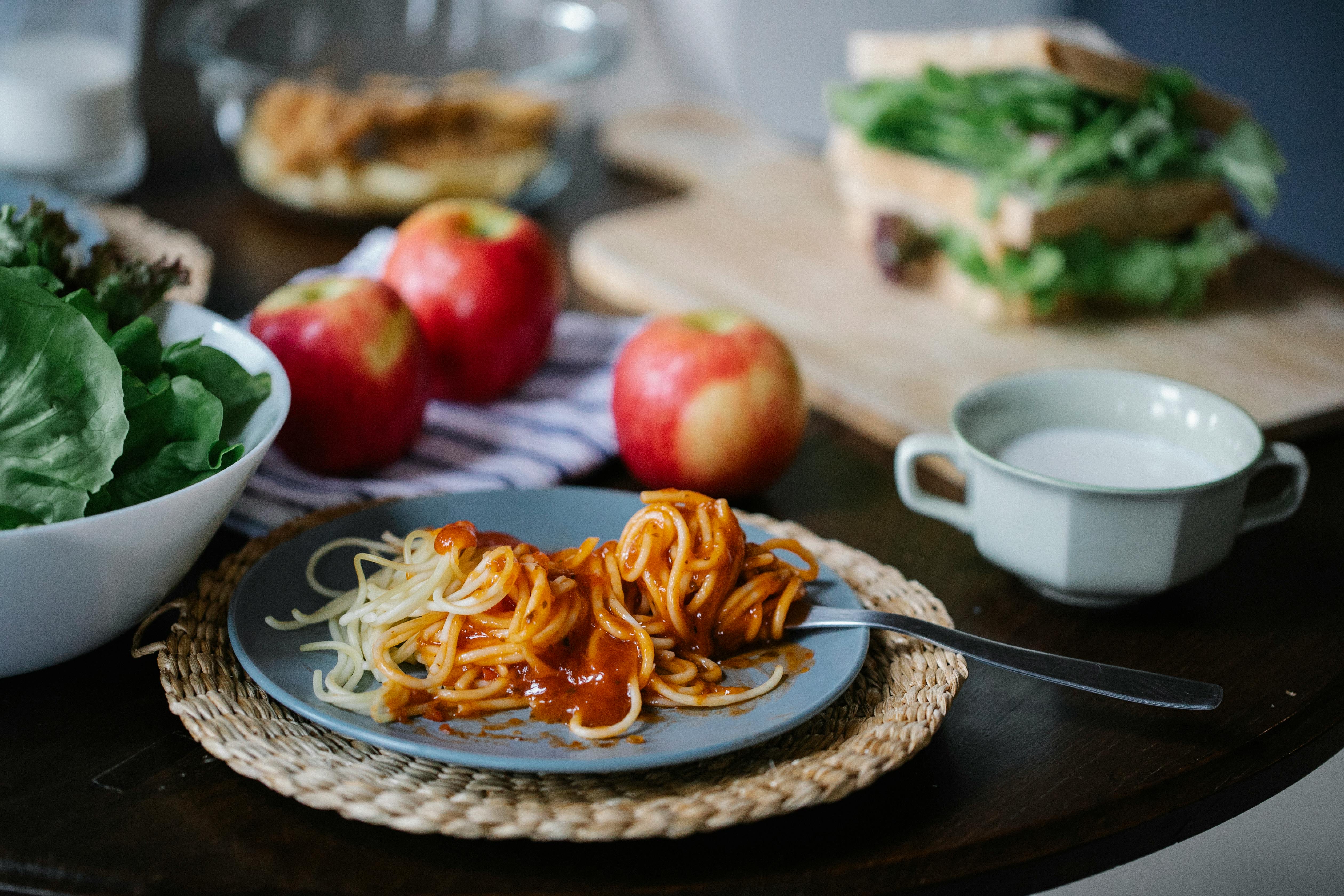So, the new replacement kitchen doors have arrived. You carefully unpacked them and checked that you had the size and hinge positions right before you removed the old kitchen cabinet doors. He was amazed at how easy it was to ‘split’ the hinge, remove the old door and fit the new doors to the cabinets. You have adjusted the hinges so that the doors open and close gently. You have made sure that all the doors and drawer fronts are level and that the gaps between them are parallel and equal. And now the new handles you bought. So, you start putting up the handles and realize a mistake: If you put a handle up too high, not straight, or further from the edge of the door than your neighbors, all your hard work and the look of your new kitchen will be lost. they will ruin
How do you make sure that all the handles or knobs are placed in EXACTLY the same place on each of your kitchen doors and drawer fronts? Drilling so many holes with such precision may seem like an impossible task, but it’s actually quite easy to accomplish once you think about doing it yourself. Here are three methods that make accurately positioning door handles and knobs a doddle.
1) Make a template. Most knobs are bolted together, while most handles require two bolt holes. Measure where you would like the first handle or knob to be. Use a metal tape measure and measure the distance from the top of the door and then the distance from the edge of the door without hinges. Be precise – remember the adage “measure twice, cut once”. Take a piece of stiff cardboard and place its top right corner on the top right corner of the door. Now, transfer the knob/handle measurements to the card and punch a hole in the card where the two measurements meet. This hole should be smaller than the required drill hole, but obviously large enough for a pencil to be inserted to make a mark. In this way, you can use one side of the template for doors that open to the right and the other side for doors that open to the left. Remember that most handles or knobs go toward the top of the door on base units (without the hinge edge, of course), toward the bottom of the door on tall units, and in the center (both vertically and horizontally) on the drawer fronts. You may need three templates: one for tall cabinet doors, one for base cabinet doors, and one for drawer fronts, depending on your taste. Then it’s a simple job of marking with a pencil where the holes should be drilled in each of the new doors.
2) Use two marking gauges. A marking gauge is used in woodworking to draw a parallel line on a piece of wood. There is a square block (known as a buttstock) that has a thumbscrew that locks onto an adjustable stem that carries a sharp metal point or spur. In our project, one dial gauge is used to take the vertical measurement, while the other takes the measurement from the edge of the door. “If I need to drill two holes per door, do I need three marking gauges?” I hear you ask. The answer is “no” because you can mark the top hole on each door and then reset the vertical marking gauge for the bottom hole so you can mark the bottom hole on all doors. Similarly, with the drawer fronts, set the vertical marking gauge for both holes and mark the left hole on all drawer fronts with the horizontal marking gauge. Then restart it for the hole on the right and mark all the drawer fronts again. Dial gauges cost around £10 each at DIY stores.
3) Use a handle template. Replacement kitchen door companies often sell a device called a handle jig that allows you to do the same thing as 2) but with just one tool instead of two. Basically, it is configured for the top and bottom holes (if two are required) or the horizontal holes of the drawer front and a set distance from the edge of the door. Like our template, it is reversible for left and right opening doors. These handle templates are very easy to adjust for even the longest bar handles. Since the top and bottom holes are placed at the same time, this is a much quicker method than using the two marking gauges. Mango templates are available for a very similar price, around £25.
One final tip: Drill the holes a couple of millimeters larger in diameter than the bolts required. This will give you a small amount of adjustment so you can level the handles.




